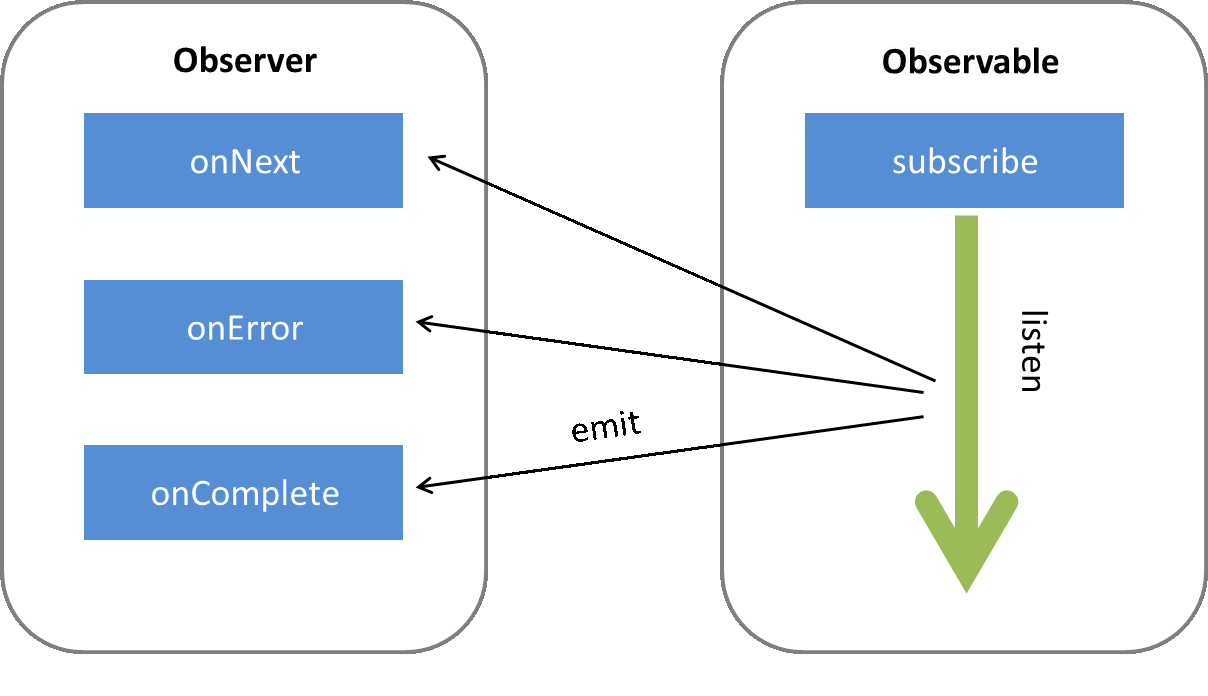What is Angular Observable
Published August 03, 2018
If you want to use Angular but feel a little intimidated by the terminology or heard about Observables and would like to know what it means or even if you are an Angular developer but still not sure that you understand the subject. Look no further because this tutorial is meant to assist you in understanding this core concept of Angular.
In this tutorial we'll learn:



